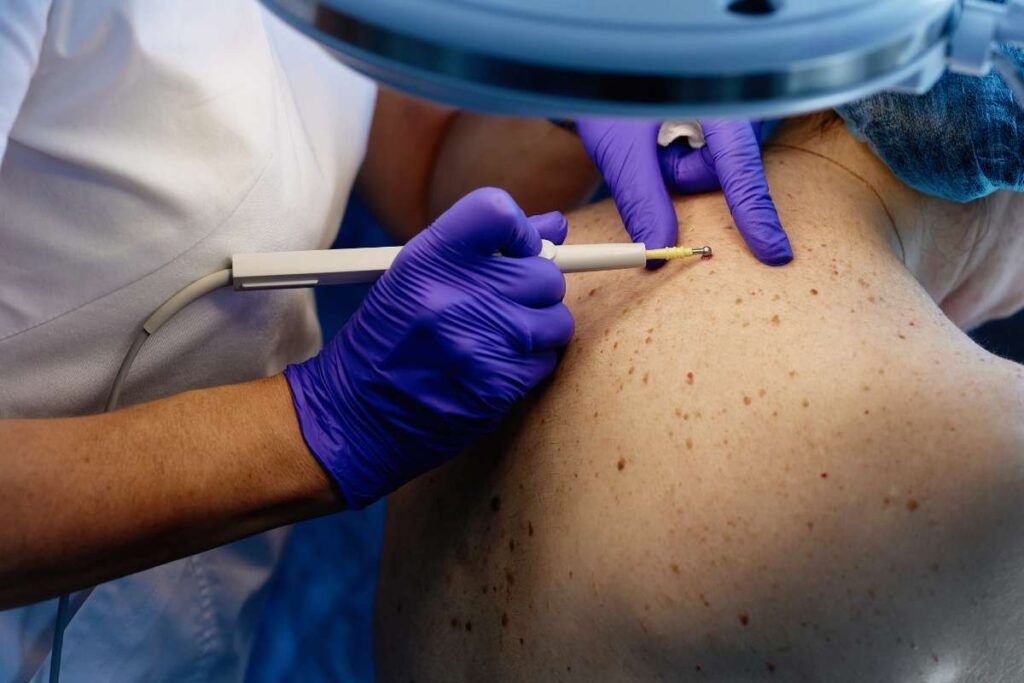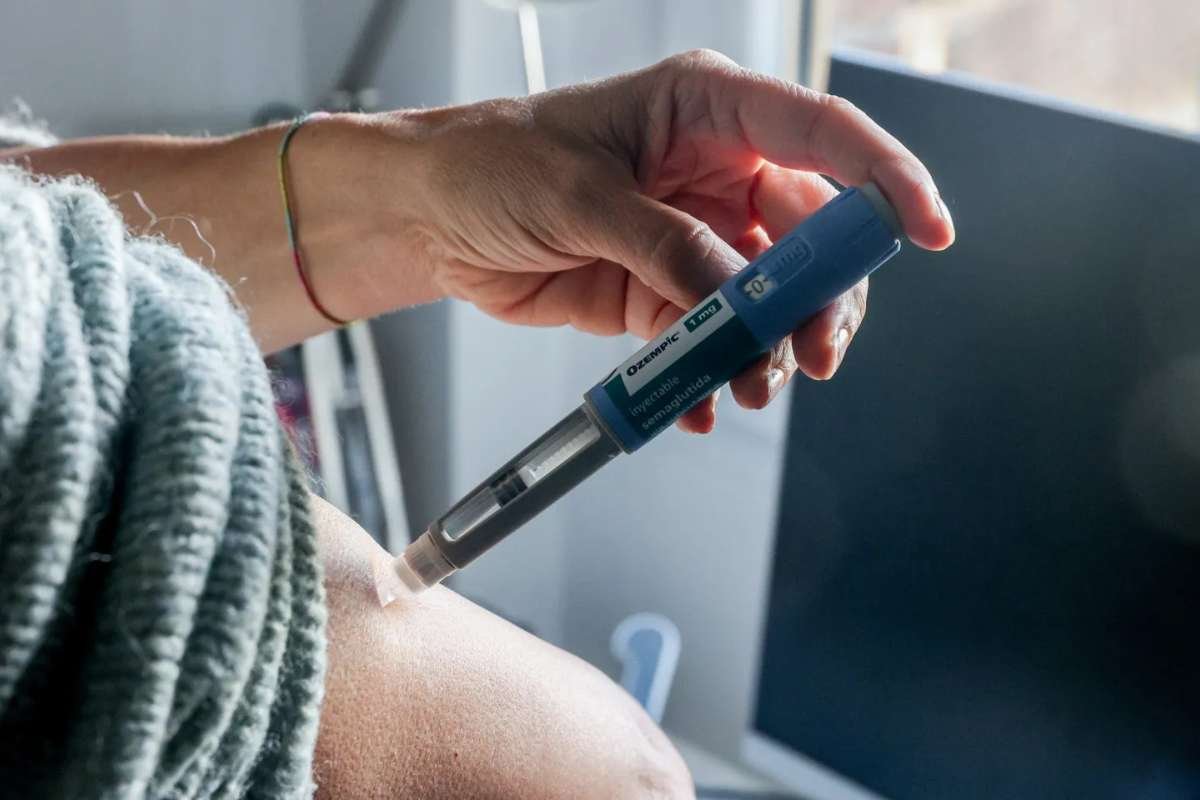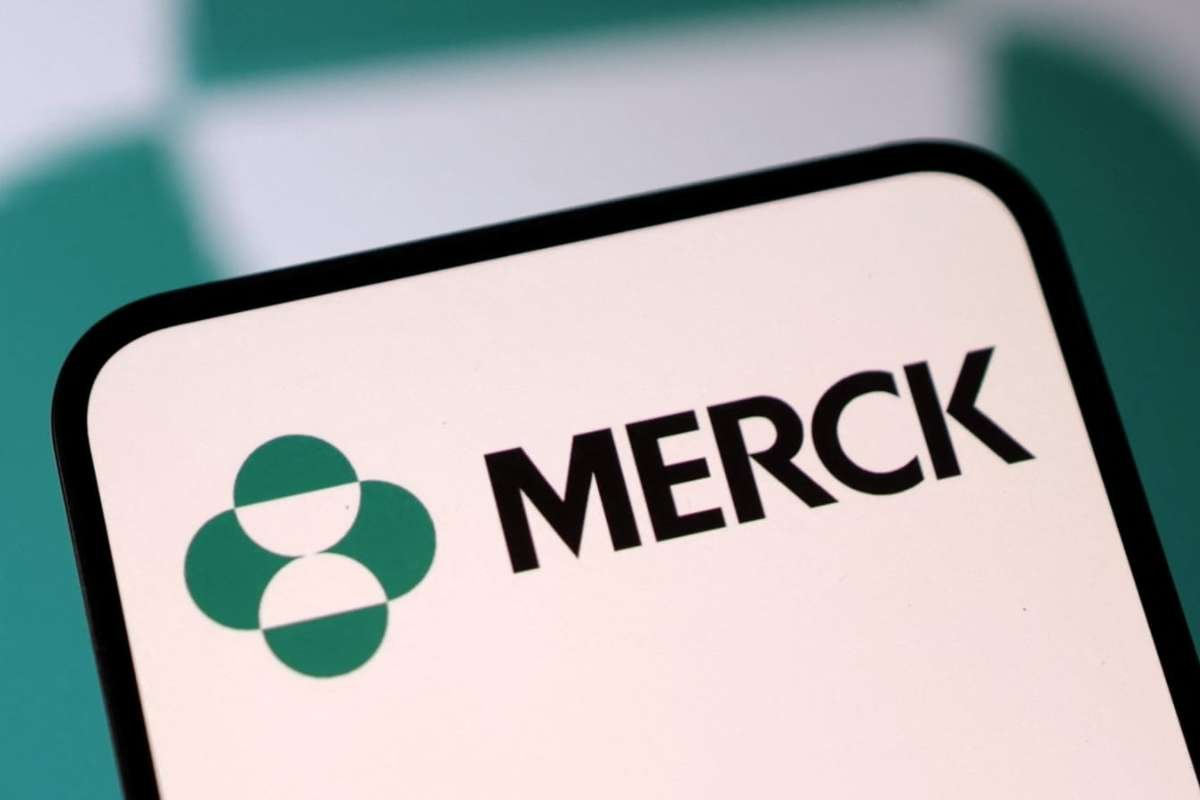New York City health authorities are urgently investigating a Legionnaires disease cluster that has infected 22 people and caused one fatality in Central Harlem as of July 30, 2025. The outbreak was first identified on July 25, triggering a full-scale public health response from the NYC Department of Health and Mental Hygiene.
The affected zip codes include 10027, 10030, 10035, 10037, and 10039, with officials warning residents and workers in these areas to be alert for symptoms such as cough, fever, chills, muscle aches, and shortness of breath. These symptoms can resemble the flu or COVID-19, making early medical attention crucial.
Cooling Towers Under Scrutiny as Source of Outbreak
Preliminary findings suggest that the likely source of the outbreak is contaminated cooling towers, which are known to release aerosolized water droplets carrying the Legionella bacteria. These droplets can be inhaled, leading to infection especially among older adults, smokers, or those with chronic health conditions
Health officials have already sampled all active cooling towers in the affected region and have instructed building owners with positive Legionella results to begin disinfection within 24 hours.
Dr. Toni Eyssallenne, Deputy Chief Medical Officer for the Department of Health, emphasized that while Legionnaires disease is not spread from person to person, it can be deadly without prompt treatment. She reiterated that it is easily treatable with antibiotics when caught early.
Besides cooling towers, the Legionella bacteria can thrive in hot tubs, humidifiers, plumbing systems, water tanks, and evaporative condensers, though no other sources have yet been confirmed.
Public Health Response and Safety Guidelines
City health officials stress that drinking tap water, showering, cooking, and using air conditioners remains safe, as these systems do not typically aerosolize water in a way that spreads Legionella. The public is urged to remain calm but vigilant, especially those at elevated risk for complications.
Residents in the affected zip codes have been advised to seek immediate medical care if they experience flu-like symptoms, as early detection dramatically improves recovery outcomes. Legionnaires disease usually develops within 2 to 10 days after exposure, which aligns with the current case timeline.
New York City typically reports 200 to 700 cases annually, but the current Harlem outbreak is among the most concentrated clusters in recent years. Previous incidents, such as the 2015 Bronx outbreak and 2022 Manhattan nursing home cases, highlight the ongoing risk of Legionella contamination in dense urban environments.
As investigations continue, the Health Department has committed to providing regular updates and ensuring full compliance with safety protocols to mitigate the spread and prevent further fatalities.









